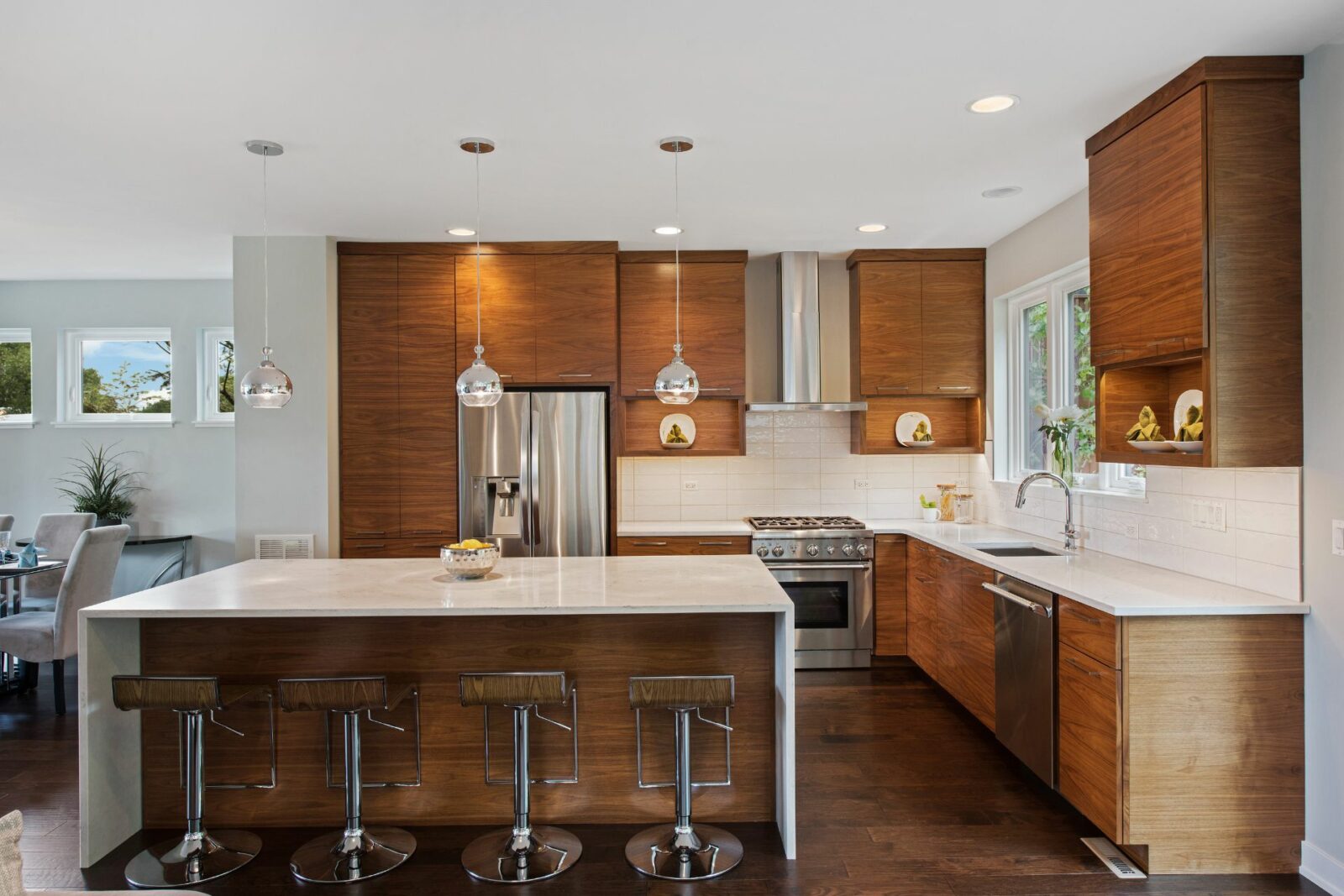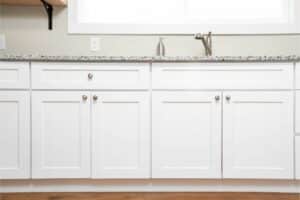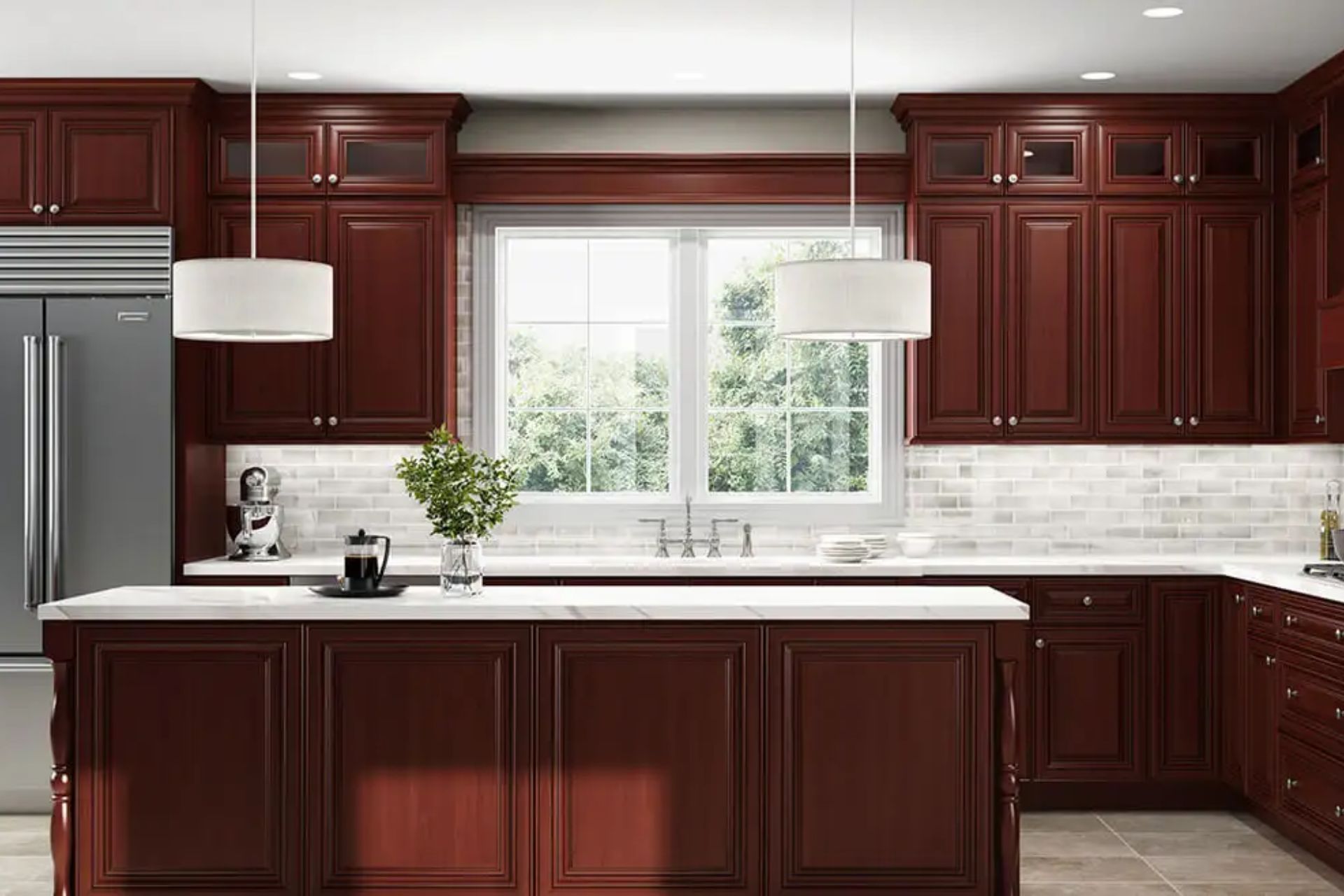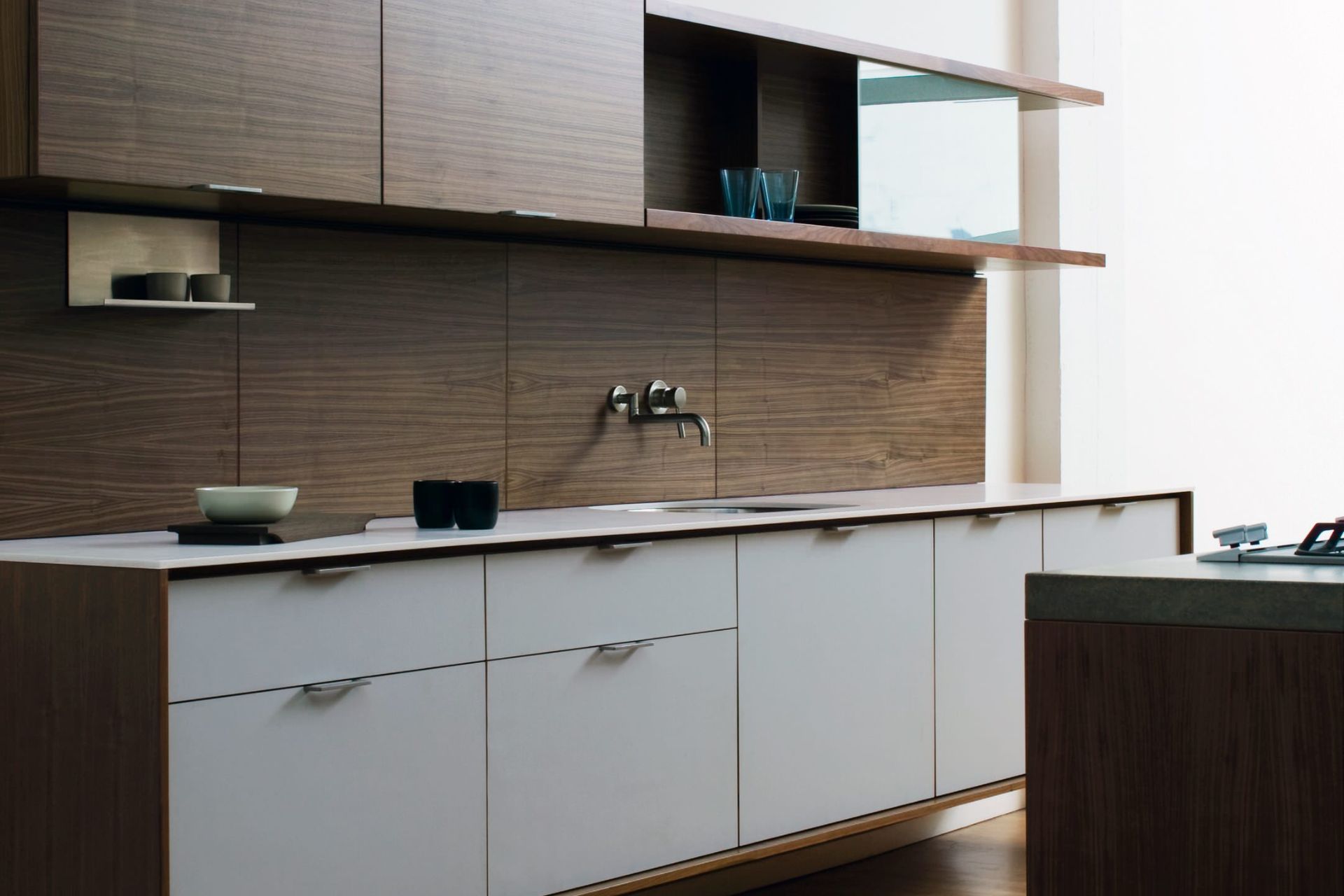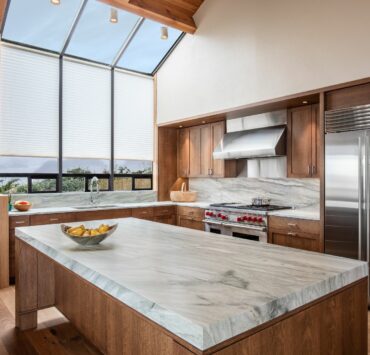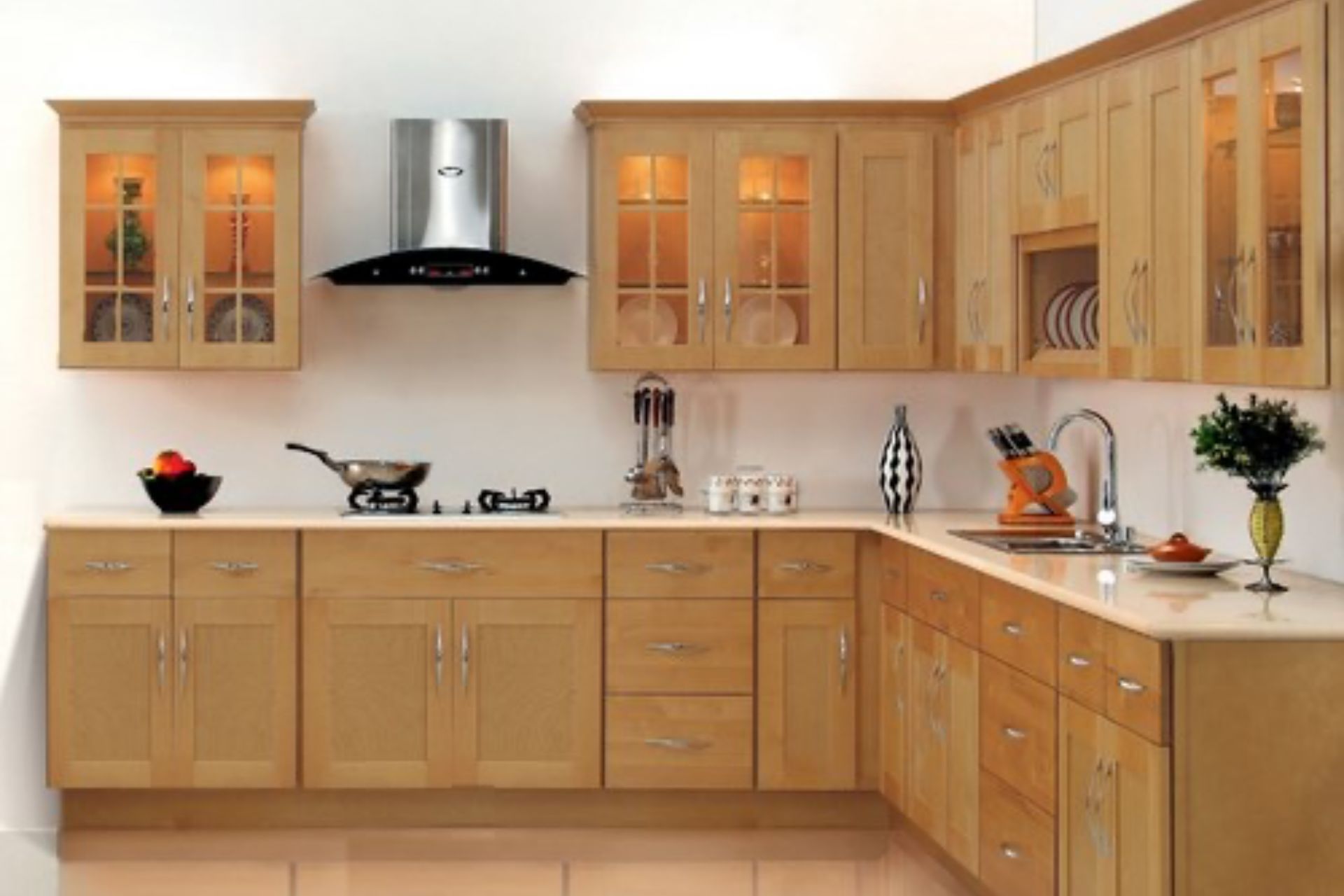Natural wood kitchen cabinets have been a popular choice in home design for centuries, and for good reason. They exude warmth, elegance, and charm, making them the perfect addition to any kitchen. These timeless cabinets complement various design styles, from traditional to modern, rustic to sleek. In this comprehensive guide, we will delve into the many benefits of natural wood kitchen cabinets, the different wood species available, and how to choose the right cabinets to create the perfect kitchen.
Aesthetic Appeal: The Warmth and Elegance of Natural Wood
Natural wood cabinets bring a sense of warmth and comfort to any kitchen. The rich tones, unique grain patterns, and tactile nature of wood create an inviting and timeless atmosphere. There are several wood species available, such as oak, maple, cherry, walnut, and more, each with its own shade and texture. This variety allows homeowners to find the perfect match for their personal taste and design preferences, whether they prefer a light, airy aesthetic or a dark, moody ambiance.
Durability and Longevity: An Investment that Lasts
One of the most significant benefits of natural wood cabinets is their durability. When properly maintained, solid wood cabinets can last for decades. The inherent strength of natural wood means that it can withstand daily wear and tear, resisting dents and scratches. High-quality wood cabinets are also less likely to warp or crack compared to other materials, ensuring a longer lifespan for your investment.
Environmentally Friendly: A Sustainable Choice
Natural wood cabinets are an eco-friendly choice for your kitchen. Wood is a renewable resource that can be harvested sustainably, and many cabinet manufacturers now source their wood from responsibly managed forests. By choosing natural wood cabinets, you are not only adding beauty to your kitchen but also contributing to a greener planet.
Customization and Flexibility: Personalize Your Space
Natural wood cabinets offer a high level of customization and flexibility. Wood can be stained, painted, or finished in various ways to create a unique look tailored to your style preferences. This allows homeowners to achieve a truly personalized space that reflects their personality and taste. Additionally, natural wood cabinets can be easily refinished or repainted, allowing you to update the look of your kitchen without the need for entirely new cabinets.
Increased Home Value: A Desirable Feature for Potential Buyers
Investing in natural wood kitchen cabinets can also increase the value of your home. Due to their timeless appeal and durability, potential homebuyers often view wood cabinets as a desirable feature. By choosing natural wood cabinets, you’re not only enhancing the beauty of your kitchen but also potentially increasing the resale value of your property.
Timeless Style: A Look that Endures
Natural wood cabinets have an enduring appeal that transcends trends and fads. They effortlessly blend with a variety of design styles, from traditional and rustic to contemporary and minimalist. This timeless style means that your kitchen will maintain its elegance and charm for years to come, ensuring that your investment remains relevant and stylish.
Wood Species: The Foundation of Your Kitchen Design
Each wood species possesses unique characteristics, making it essential to choose the right one for your kitchen. Here is a brief overview of the most popular wood species used for kitchen cabinets:
Oak Kitchen Cabinets
Known for its durability and distinctive grain pattern, oak is a classic choice for kitchen cabinets. It ranges from light to medium brown and can be stained in various shades to match your desired aesthetic.
Maple Kitchen Cabinets
- With its subtle grain pattern and light color, maple is a versatile option that can be stained or painted to achieve a range of looks. It is also highly durable and resistant to warping and cracking.
Cherry Wood Kitchen Cabinets
- Cherished for its rich, warm tones and smooth grain pattern, cherry wood darkens naturally over time, giving it a beautiful, aged appearance. This hardwood species is a popular choice for those seeking a more luxurious and elegant look in their kitchen.
Walnut Kitchen Cabinets
Walnut is a sought-after wood species due to its unique, dark tones and striking grain patterns. Its natural color variations make it an excellent choice for those wanting a sophisticated and distinctive kitchen design.
Hickory Kitchen Cabinets
With its striking contrast between light and dark grain patterns, hickory is a bold choice for those who want a rustic or dramatic look in their kitchen. This hardwood species is exceptionally durable and robust, making it ideal for high-traffic kitchens.
Birch Kitchen Cabinets
Birch is a durable, light-colored hardwood with a fine, straight grain pattern. It is an affordable alternative to maple and can be stained in a variety of colors to suit different design styles.
Pine Kitchen Cabinets
Pine is a softwood with a distinctive yellowish-white color and a straight grain pattern. It is more susceptible to dents and scratches but is a popular choice for rustic or cottage-style kitchens due to its warm, natural appearance.
Bamboo Kitchen Cabinets
Although not technically a wood, bamboo is a rapidly renewable, eco-friendly alternative to traditional hardwoods. It is strong, durable, and has a unique grain pattern that adds a contemporary touch to kitchen cabinetry.
Tips for Choosing the Right Natural Wood Cabinets
When selecting all-natural wood kitchen cabinets, be sure to choose a manufacturer that uses environmentally-friendly practices, such as sustainably-sourced wood and low-VOC (volatile organic compounds) finishes, to minimize the environmental impact of your cabinets.
Consider the following tips:
- Match the wood species and finish to your overall kitchen design. Consider the colors and textures of your countertops, flooring, and other elements to ensure a cohesive look.
- Consider your lifestyle and how your kitchen will be used. If you have a busy household or frequently entertain guests, opt for a durable and low-maintenance wood species, like oak or maple.
- If you’re working with a smaller kitchen, choose lighter wood species or finishes to create a more open and airy feel.
- Consult with a professional kitchen designer or cabinetmaker to determine the best layout and storage solutions for your space.
- Proper Care and Maintenance for Long-lasting Beauty
To ensure the longevity of your natural wood cabinets, follow these care and maintenance tips:
- Regularly clean your cabinets with a mild soap and water solution. Avoid using abrasive cleaners or scouring pads that can damage the wood finish.
- Protect your cabinets from excessive moisture by promptly wiping up spills and using a range hood or exhaust fan to remove steam and humidity.
- Periodically check and tighten any loose hardware, such as hinges and handles, to keep your cabinets functioning smoothly.
- If necessary, refinish or repaint your cabinets to maintain their appearance and protect the wood from damage.
Natural wood kitchen cabinets are a timeless and versatile choice that can transform your kitchen into a warm, inviting, and functional space. Their aesthetic appeal, durability, and sustainability make them an investment worth considering for any homeowner. By carefully selecting the right wood species, finish, and layout, you can create a kitchen that will continue to impress for years to come.
